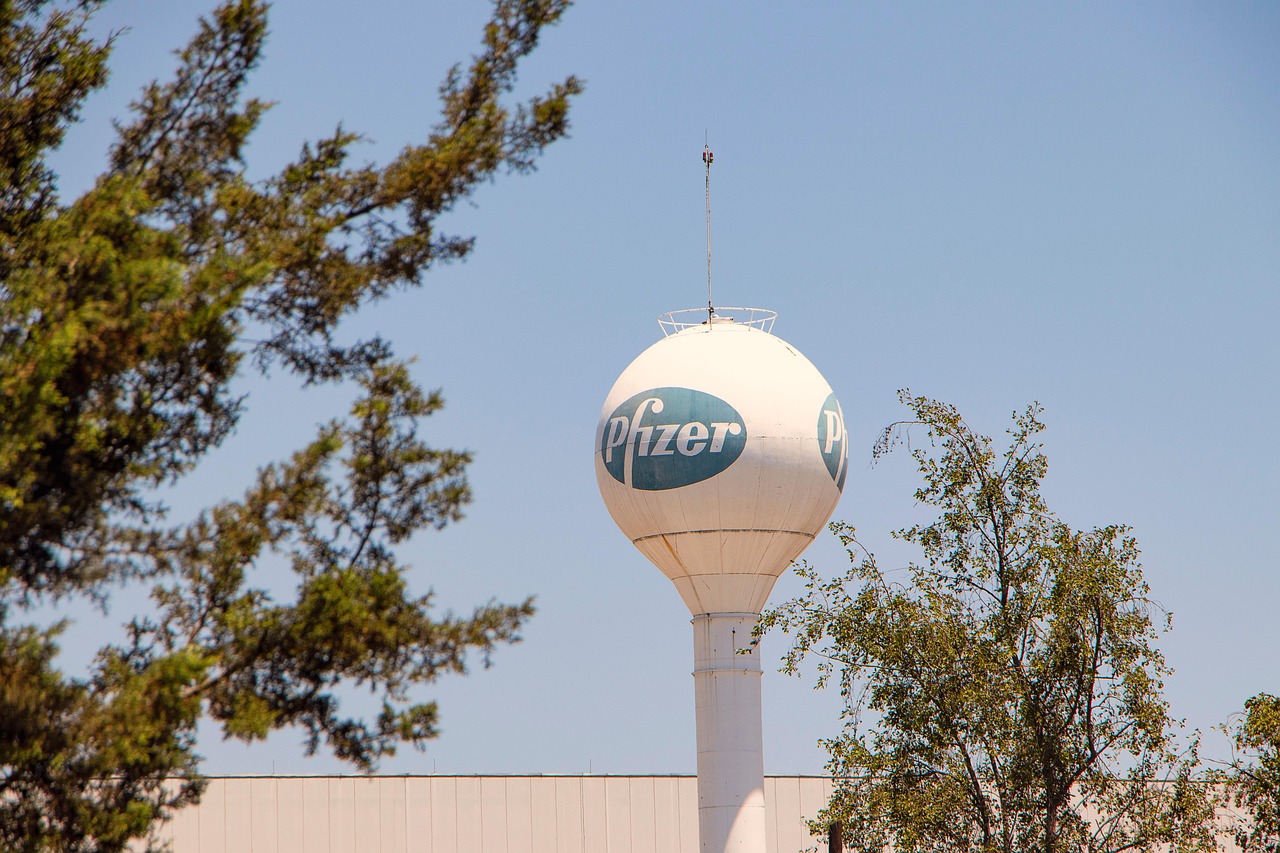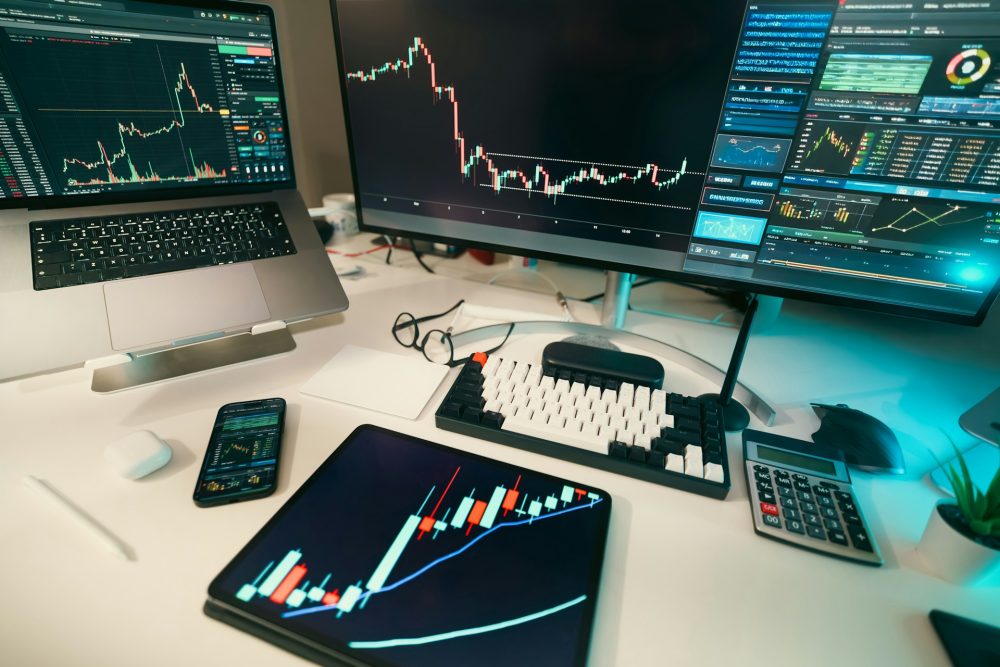Featured
Why Sustainable Management Becomes a Competitive Advantage
The pressure on companies to act is constantly increasing when it comes to their ecological footprint. A sustainable business model not only brings challenges for companies, but it also has a lot to offer, a new study shows. Investors are paying more attention to sustainable companies that take ESG criteria into account when making investment decisions.

Companies are facing enormous pressure to act: It is imperative that they become more sustainable and ecological. Otherwise, there is a risk of a massive drop in profits, and in energy-intensive industries, earnings could almost halve. However, sustainable management also offers opportunities: The key to this is the pricing of carbon dioxide.
A new study by Roland Berger on corporate competitiveness makes it clear that a change in perspective also promises benefits for companies. According to the study, the inevitable change must be understood as a new facet of competition. Because one thing is clear: Extensive changes are imperative, and the pressure to act that is already being felt today will continue to increase.
If you want to read more about the latest studt conducted by Roland Berger and to find the most important business headlines in the world, download for free our companion app Born2Invest/
CO2 emissions as a market instrument
In the meantime, investors are paying more attention to sustainable companies that take ESG criteria into account when making investment decisions and are increasingly withdrawing from industries with a less positive environmental record. In 2018, 28 trillion euros were already invested in sustainable assets – just four years earlier, the figure was only eleven trillion euros. Accordingly, sustainable investments are experiencing growth of 13.5 percent p.a. In addition, policymakers are calling for cross-country issuance agreements with increasingly clear frameworks.
For the economic success of companies, business leaders must view the CO2 price as a market-based instrument. This should be treated as a new additional currency component, rather than solely as a cost driver. For the Paris climate targets to be met, the CO2 price would have to be between $94 and $141 (€80 and €120) per metric ton by 2030 – and even between $106 and $176 (€90 and €150) per metric ton by 2040. Sweden and Switzerland are already implementing this with $145 and $113 (€123 per ton and €96) per ton respectively.
New rules of the game in a sustainable market
In a competitive market focused on sustainability, business models are also changing. With regard to companies’ climate protection activities, saved emissions are becoming a new competitive factor and thus a new source of revenue. Accordingly, as the carbon price rises, so does the value of the newly established “currency,” should competitive advantages actually be generated from it.
This also gives rise to the new rules of the competitive game: new opportunities and business models are emerging. This also includes a new form of transparency. After all, the company that becomes climate neutral first or reduces CO2 emissions the fastest can generate value for the company. A growing number of companies have already seized this opportunity – and disclosed their own CO2 footprint.
Over 1,500 companies plan to complete CO2 neutrality
Companies that make their emissions transparent with regard to the Carbon Disclosure Project now account for 50 percent of global market capitalization. More than 1,500 companies with sales of 10 trillion euros are even planning to achieve complete CO2 neutrality. Companies that adapt their strategies to the new rules of the competitive game are exploiting the potential that CO2 offers them as the currency of the future.
Over time, it is to be expected that companies will face ever-increasing pressure to reduce their CO2 footprint. In doing so, inactive climate sinners will face a decline in profits and growth. Companies that act quickly now, on the other hand, will be very well positioned in the new carbon-free market and will stand out from their competitors.
__
(Featured image by Pixource via Pixabay)
DISCLAIMER: This article was written by a third party contributor and does not reflect the opinion of Born2Invest, its management, staff or its associates. Please review our disclaimer for more information.
This article may include forward-looking statements. These forward-looking statements generally are identified by the words “believe,” “project,” “estimate,” “become,” “plan,” “will,” and similar expressions. These forward-looking statements involve known and unknown risks as well as uncertainties, including those discussed in the following cautionary statements and elsewhere in this article and on this site. Although the Company may believe that its expectations are based on reasonable assumptions, the actual results that the Company may achieve may differ materially from any forward-looking statements, which reflect the opinions of the management of the Company only as of the date hereof. Additionally, please make sure to read these important disclosures.
First published in Der Bank Blog, a third-party contributor translated and adapted the article from the original. In case of discrepancy, the original will prevail.
Although we made reasonable efforts to provide accurate translations, some parts may be incorrect. Born2Invest assumes no responsibility for errors, omissions or ambiguities in the translations provided on this website. Any person or entity relying on translated content does so at their own risk. Born2Invest is not responsible for losses caused by such reliance on the accuracy or reliability of translated information. If you wish to report an error or inaccuracy in the translation, we encourage you to contact us.

-

 Fintech2 weeks ago
Fintech2 weeks agoBitget Secures Operational License in Georgia, Strengthening Its Eastern Expansion
-

 Biotech6 days ago
Biotech6 days agoPfizer Spain Highlights Innovation and Impact in 2024 Report Amid Key Anniversaries
-

 Cannabis2 weeks ago
Cannabis2 weeks agoGermany’s Cannabis Crossroads: Progress, Profits, and Public Concern
-

 Markets2 days ago
Markets2 days agoStock Markets Surge Amid Global Uncertainty, But Storm Clouds Loom

























